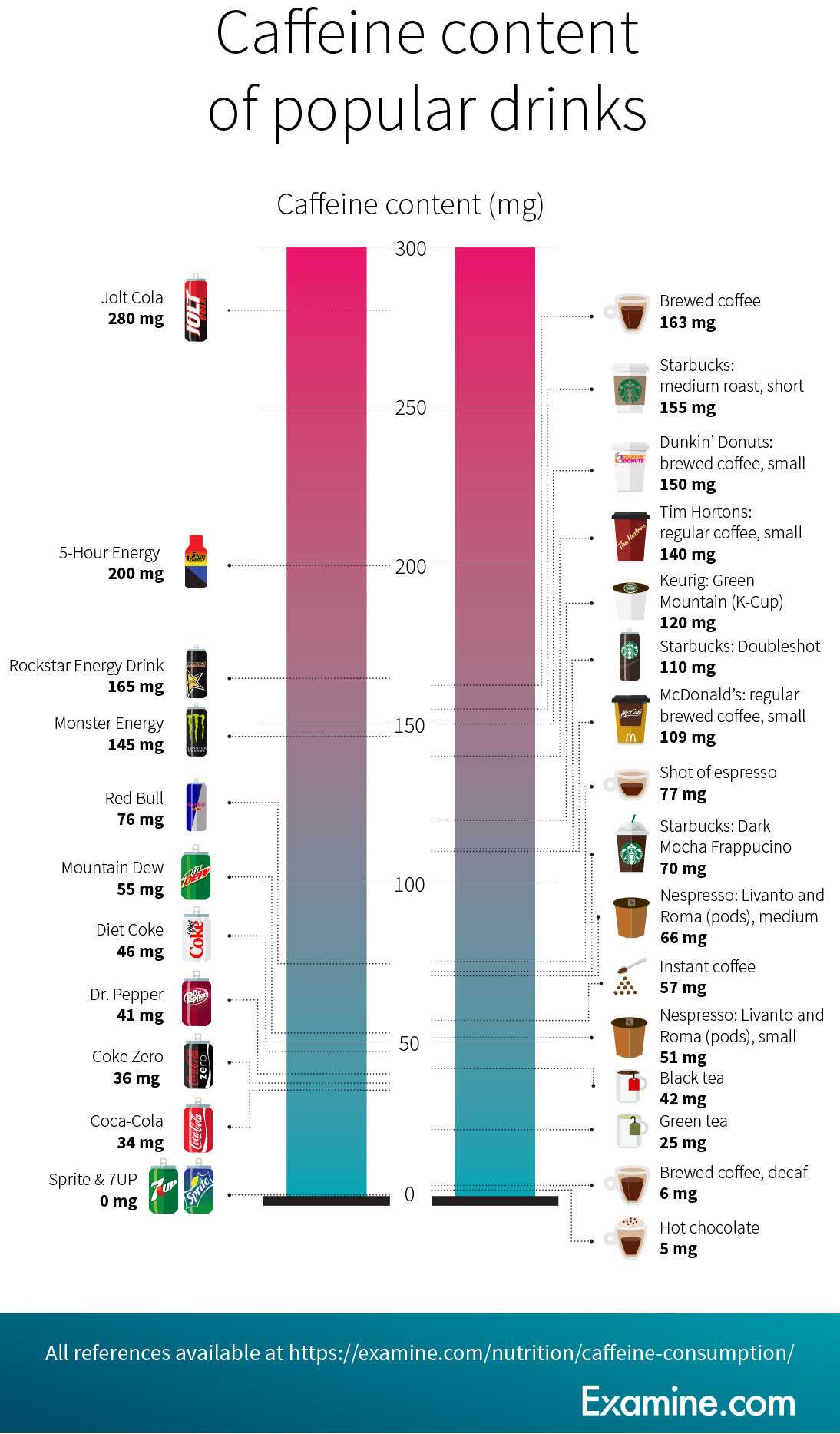


Butalbital acetaminophen caffeine half life free#
Imminent cardiac arrest in caffeine toxicity should prompt intra-lipid therapy to scavenge the free serum caffeine. Other substances that use these same pathways, such as alcohol or medications, can prolong the half-life of caffeine by. The liver metabolizes caffeine via N-demethylation, acetylation, and oxidation. Caffeine exhibits ideal characteristics to be dialyzed, including low protein binding (36%), low molecular size (194), and a small volume of distribution (0.6 to 0.8 L/kg). As a result, toxic levels can be reached quickly and last for prolonged periods of time, secondary to caffeine's 3- to 10-hour half-life. Hemodialysis has been effective in severe, life-threatening caffeine ingestions. Īctivated charcoal can bind caffeine if the ingestion is recent, and repeated doses can help diminish serum levels via the enterohepatic circulation. Vasopressors, such as vasopressin or phenylephrine, can be used to maintain blood pressure (goal mean arterial pressure greater than 65 mm Hg) without worsening tachycardia. Pregnancy can extend caffeine's half-life even more, lengthening it to 10.5 hours during the final four weeks of pregnancy, according to one study. Chemically, caffeine is very similar to adenosine, and this similarity is what allows caffeine to interact with our brains. Procainamide, lidocaine, or bicarbonate have also been utilized for the treatment of tachydysrhythmias. Caffeine is a psychoactive substance, meaning it affects how your mind works and can alter your mood, consciousness, and cognition. Beta-blockade with esmolol is useful for tachycardia. Hydration may be oral in minor cases, yet severe cases benefit from intravenous (IV) hydration. The primary treatment for minor caffeine ingestion is supportive. įatal caffeine overdose is relatively uncommon, and treatment data is limited to case reports. Cardiac monitoring allows evaluation of heart rate and early recognition of dysrhythmias such as ventricular ectopy or fibrillation. An electrocardiogram may demonstrate tachycardia, ST-segment depressions, or T-wave inversions. It is also important to obtain serum myoglobin and creatine kinase levels to monitor for rhabdomyolysis. Prescribed fioricet (acetaminophen butalbital and caffeine) (butal-acet-caff. Caffeine toxicity can result in hypokalemia, hypocalcemia, hyponatremia, and hyperglycemia. Ī venous blood gas may demonstrate anion gap metabolic acidosis, which can be severe. Lethal blood levels are typically above 80 to 100 mg/L, although one case occurred at 15 mg/L. Although not available in all hospitals, serum caffeine levels are generally obtained with an immunoassay. How it works Acetaminophen/butalbital/caffeine is a combination pain-reliever (analgesic) containing acetaminophen, butalbital, and caffeine. Serum caffeine levels can guide prognosis and therapy. Bottom Line Tips Response/effectiveness Interactions 1. Routine serum laboratory evaluations can be useful in drug overdose cases, especially in the setting of unstable vital signs, seizures, or altered sensorium.


 0 kommentar(er)
0 kommentar(er)
